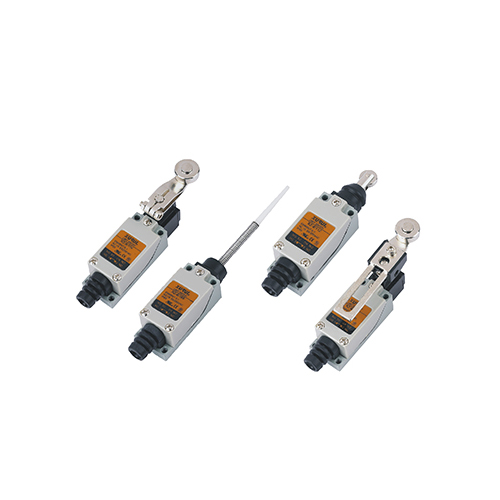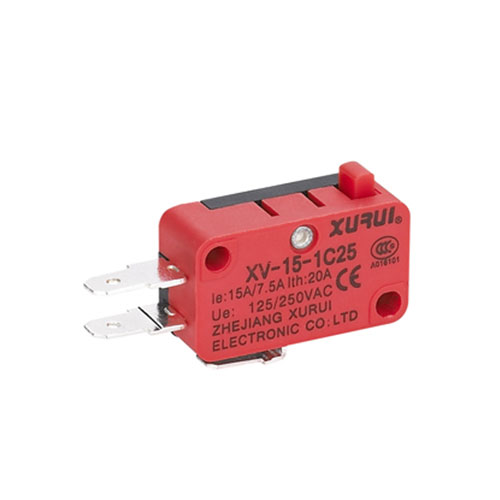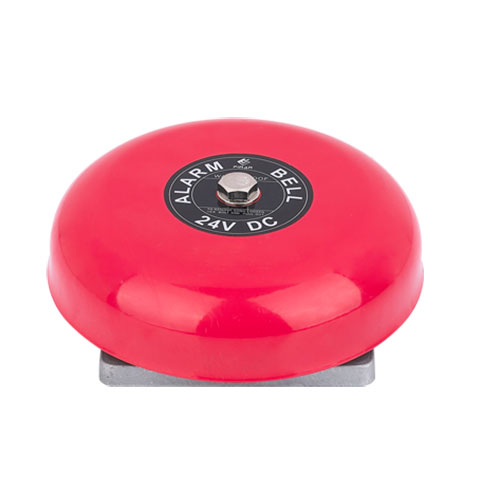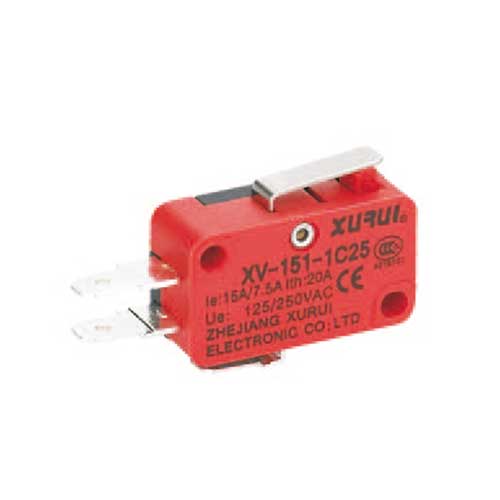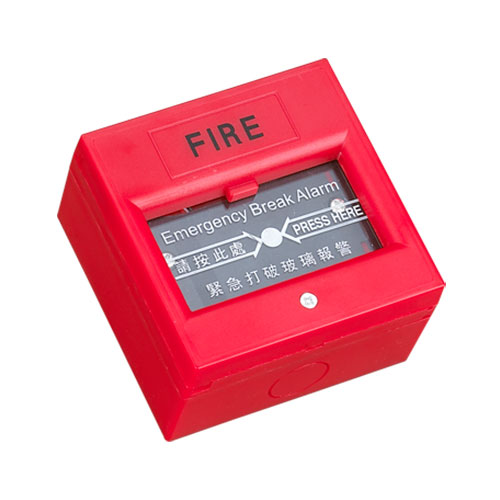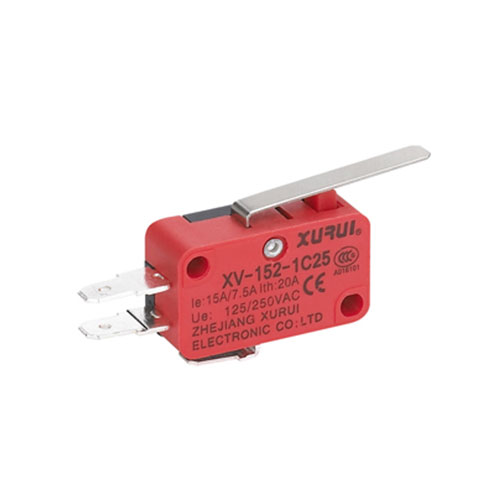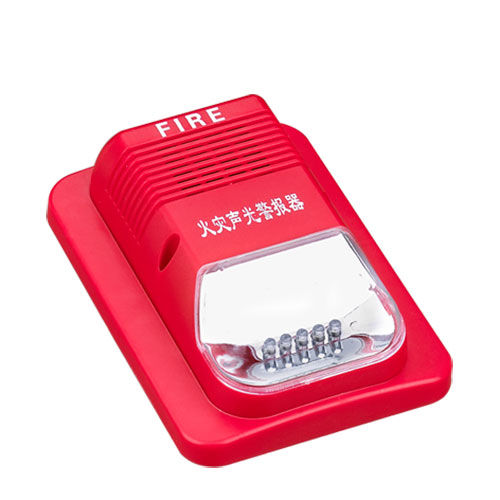1. What Is a Solid-State Relay (SSR)?
A solid-state relay (SSR) is an electronic switching device that uses semiconductor components (such as thyristors, transistors, or TRIACs) to control the flow of current in a circuit. Unlike traditional mechanical relays, SSRs have no moving parts, enabling faster switching, silent operation, and enhanced durability. They are widely used in industrial automation, temperature control systems, and applications requiring high-speed cycle control.
2. Structure and Operating Principle
An SSR consists of three primary components:
Input Circuit: Receives a low-voltage control signal (e.g., 3–32 V DC or AC).
Isolation Element: Optically isolates the input and output using an optocoupler (e.g., LED and photosensitive component) to prevent electrical interference.
Output Switch: A semiconductor device (e.g., TRIAC for AC loads or MOSFET for DC loads) that conducts current when triggered by the input signal.
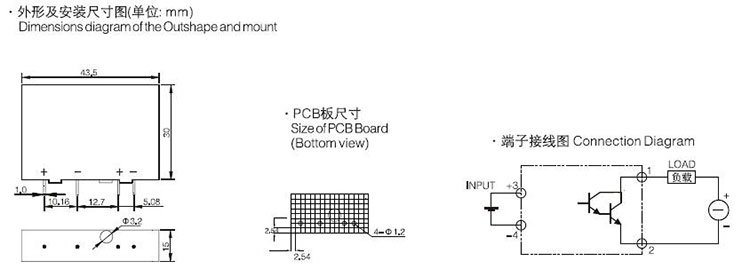
Operating Principle:
When a control voltage is applied to the input, the internal LED emits light, activating the photosensitive component. This triggers the output semiconductor to switch the load circuit on or off. The absence of mechanical contacts eliminates arcing and bounce, ensuring reliable operation.
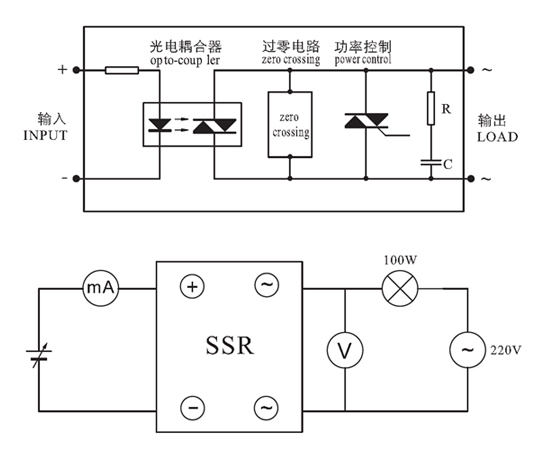
3. Key Features of SSRs
High Speed: Switching times in microseconds, ideal for high-frequency applications.
Long Lifespan: No mechanical wear ensures millions of cycles.
Silent Operation: No audible clicking.
Low EMI: Minimal electromagnetic interference due to no arcing.
Compact Design: Smaller footprint compared to mechanical relays.
Drawbacks: Higher cost, heat generation under high loads, and potential voltage drop.
4. Mechanical Relays vs Solid-State Relays
| Feature | Mechanical Relays | Solid-State Relays (SSRs) |
|---|---|---|
| Switching Mechanism | Electromagnetic coil + contacts | Semiconductor components |
| Speed | Slow (milliseconds) | Fast (microseconds) |
| Lifespan | 100,000–1 million cycles | 10+ million cycles |
| Noise | Audible click | Silent |
| Shock/Vibration Resistance | Poor | Excellent |
| Power Consumption | Higher (coil power) | Lower (no holding current required) |
| Heat Dissipation | Minimal | Requires heatsinking at high loads |
| Cost | Lower | Higher |
5. Types of SSRs
By Input Signal:
DC-Controlled SSRs: Activated by a DC voltage (e.g., 5V or 24V).
AC-Controlled SSRs: Activated by an AC signal (e.g., 120V or 240V).
By Output Type:
AC SSRs: Use TRIACs or thyristors to switch AC loads (e.g., heaters, motors).
DC SSRs: Use MOSFETs or transistors for DC loads (e.g., solenoids, LEDs).
Three-Phase SSRs: Control three-phase industrial equipment.
By Switching Mode:
Zero-Crossing SSRs: Switch loads when AC voltage crosses zero, reducing inrush currents.
Instant-On SSRs: Activate immediately, suitable for phase-angle control (e.g., dimming).
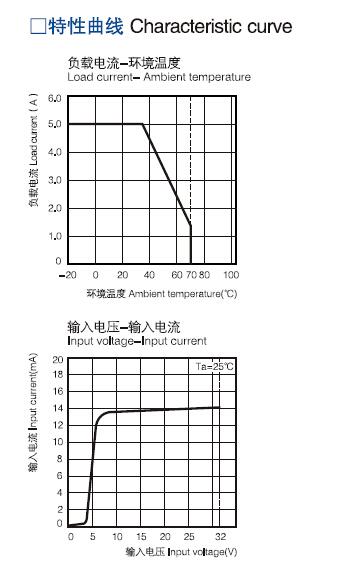
6. Precautions for Cycle Control
When using SSRs for rapid cycling (e.g., PWM temperature control):
Thermal Management: Ensure adequate heatsinking to dissipate heat generated during switching.
Load Matching: Avoid exceeding SSR’s rated current/voltage to prevent failure.
Avoid Zero-Cross Interference: For high-frequency switching, use instant-on SSRs instead of zero-cross types.
Surge Protection: Add RC snubbers or varistors to suppress voltage spikes from inductive loads.
Minimize On/Off Delay Mismatch: Ensure control signals align with SSR’s switching characteristics.
Environmental Factors: Avoid dusty/humid conditions that could degrade insulation.
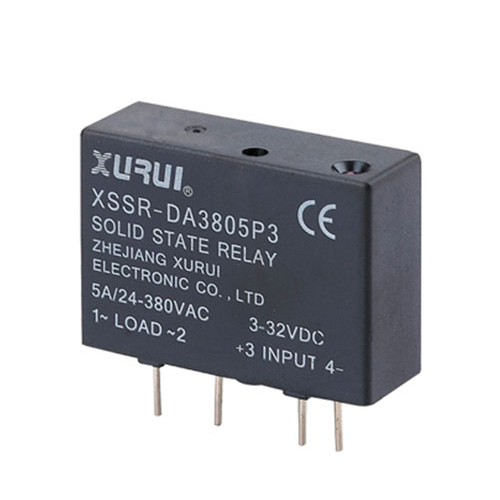
Conclusion
Solid-state relays offer superior performance in speed, reliability, and noise reduction compared to mechanical relays, making them indispensable in modern automation and precision control systems. However, proper selection based on load type, thermal design, and cycle control requirements is critical to maximize their lifespan and efficiency. By understanding their structure, types, and operational nuances, engineers can leverage SSRs to optimize both industrial and consumer applications.



